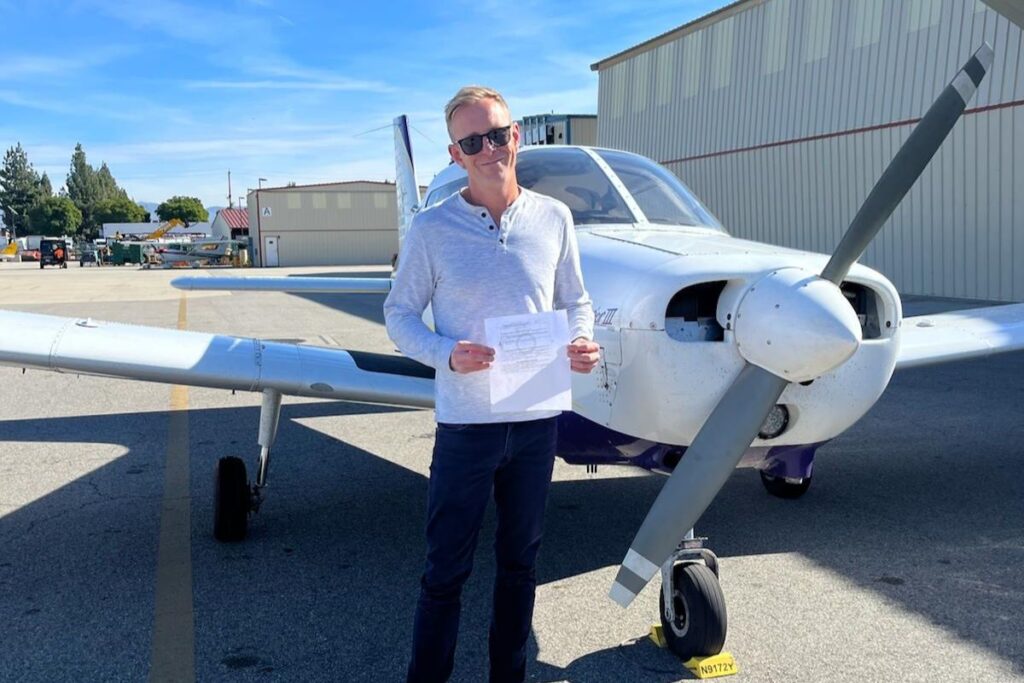Commercial Rating (CPL)
Commercial Rating (CPL)
Training Overview
The Commercial Pilot License (CPL) is for pilots who want to fly professionally and earn income as a pilot. This training focuses on precision flying, advanced maneuvers, commercial operations, and regulatory compliance, preparing pilots for careers in aviation.
Hold a Private Pilot License (PPL)
Be at least 18 years old
Hold at least a Second-Class Medical Certificate
English proficiency (must be able to read, speak, write, and understand English)
Complete training with an authorized instructor or through a home-study course
Advanced aerodynamics and aircraft performance
Regulations for commercial operations
Emergency procedures and operational safety
Minimum 250 total flight hours, including:
100 hours in powered aircraft
100 hours as Pilot-in-Command (PIC)
50 hours of cross-country flight time
Specific flight experience, including:
10 hours of instrument training
10 hours in complex or Technically Advanced Aircraft (TAA)
10 hours of solo or PIC duties with an authorized instructor
Advanced maneuvers such as:
Steep turns, chandelles, and lazy eights
Complex aircraft operations (retractable gear, constant-speed propeller)
Cross-country flying under both VFR and IFR
Knowledge Test on commercial aeronautical knowledge areas
Practical Test (Checkride) demonstrating commercial flight proficiency

Cost & Duration
Cost: After you obtain your instrument rating you will work towards your Commercial Pilot Certificate. The cost of obtaining a Commercial Pilot Certificate ranges between $8,000 and $12,000, with additional aircraft rental costs necessary to reach the 250-hour total flight time requirement to take the FAA examination.
Duration: Typically 3-6 months, depending on student progress and availability.
Next Steps: Building Hours Toward Becoming an Airline Pilot
After obtaining your Commercial Pilot Certificate, you will need to accumulate 1,500 total flight hours to qualify for an Airline Transport Pilot (ATP) Certificate, which is required to become an airline pilot. There are several ways to build these hours efficiently like: Flight Instruction, Charter or Corporate Flying, Banner Towing & Aerial Surveying, Skydiving Pilot & Sightseeing Flights, Ferrying Aircraft, just to name a few

